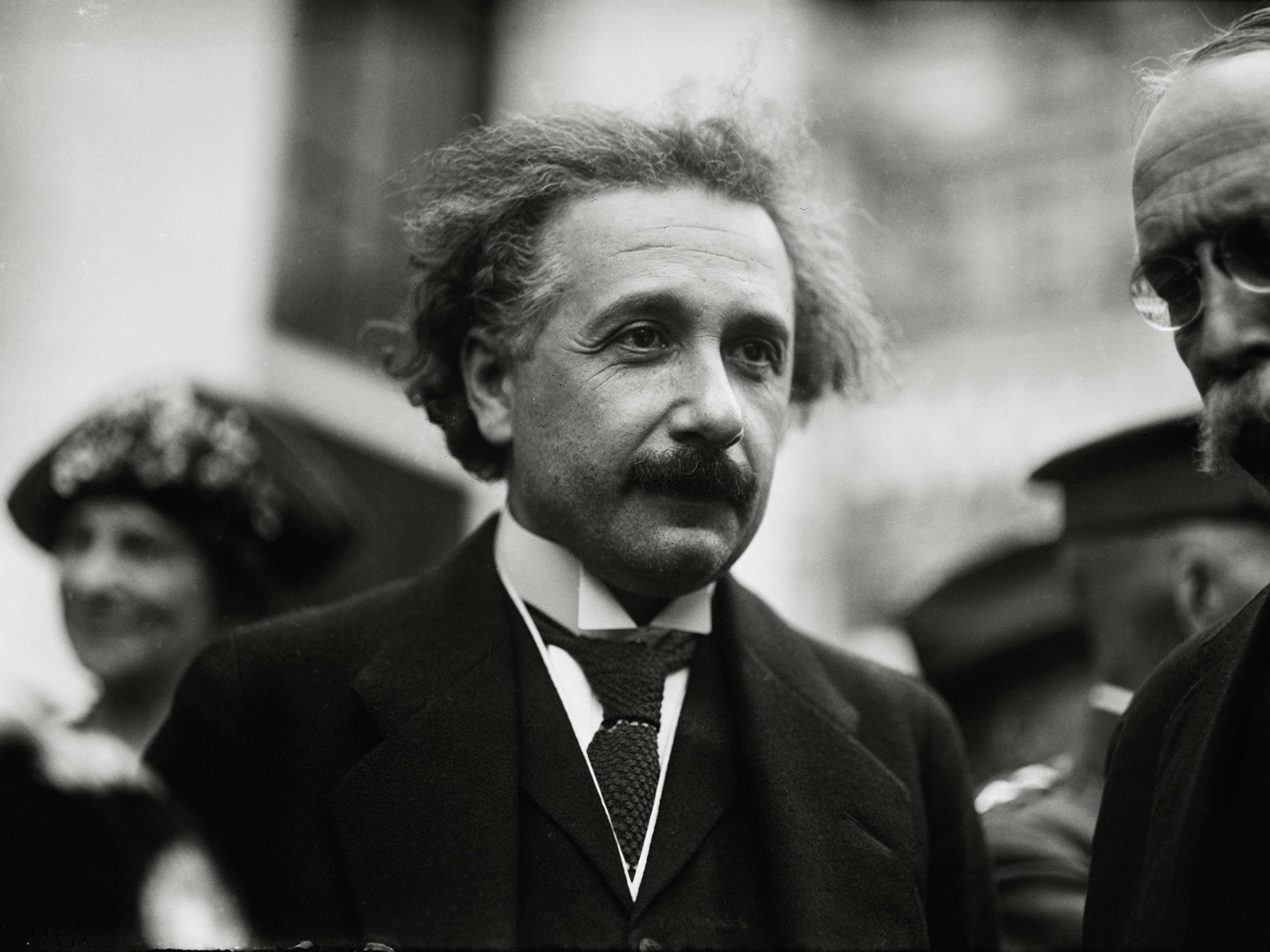
Hand Gestures May Boost Students' Math Learning
New study says learning improves when teachers use hand gestures.
A simple wave of the hand can boost a child's performance in mathematics. A new study published in Child Development found that students perform better when instructors teach with hand gestures—something that teachers in the United States do less commonly than teachers in other parts of the world.
The study, led by psychology professors Kimberly Fenn of Michigan State University and Susan Wagner Cook of the University of Iowa, tested 184 students in the second, third, and fourth grades on their ability to solve equivalence problems like 4+5+7=___+7. Half of the students watched videos in which instructors waved their hands under each side of the equation while explaining that both sides should be equal. The other half watched speech-only videos in which the teachers used words but no gestures to convey the same information.
In a test given immediately afterward, students who observed the gestures performed better. A second test, 24 hours later, also showed that the gestured-to students had an edge over the other group.
Stimulating the Brain
Though previous studies have also found that hand gestures improve students' learning ability, very little is known about why.
Fenn and Cook said that gestures help students understand the structure of a math problem. When the instructors used their hands to underscore each side of the equation, the students understood that regardless of the numbers, the main goal is to make both sides equal.
"In contrast, what the instructors have conveyed with their speech is that the important things are going to be the numbers—[but] when you get a new problem it is going to be entirely new numbers," Fenn said.
Fenn also thinks that students with a gesturing instructor don't just remember the concepts, they also remember the teacher's movements: "When you watch someone perform an [action], it actually stimulates areas of the brain that you would use to perform that action."
Where U.S. Education Stacks Up
According to a study released last December by the National Center for Education Statistics, American children trail behind their counterparts in Asia and Europe when it comes to math and science.
A 2008 study found that American teachers were less likely than those in Hong Kong and Japan to use gestures in explaining analogies, Fenn noted. Of course, sometimes, even gestures might not help. "In early education, American teachers are not very likely to have specialized training in math," Cook said, "and that may mean that they have less developed math knowledge and less conceptual knowledge."





